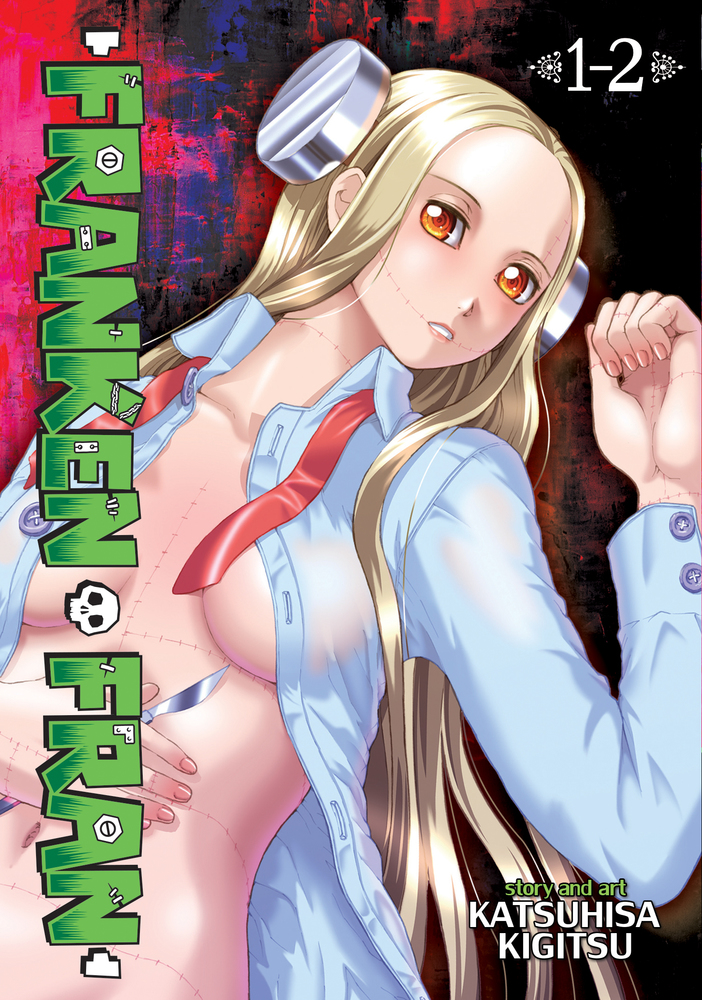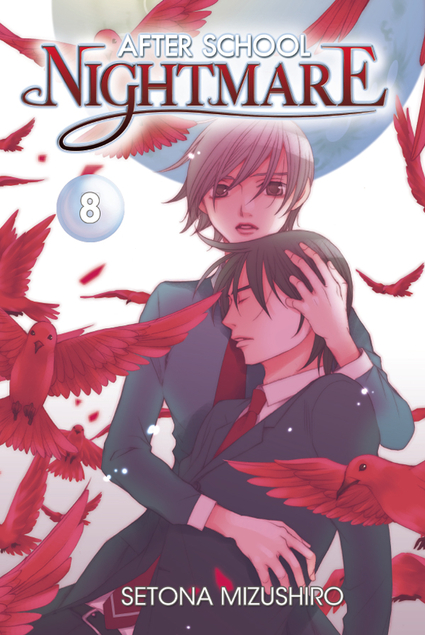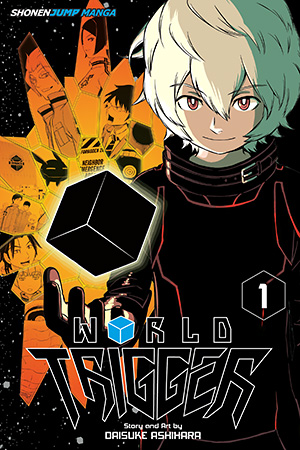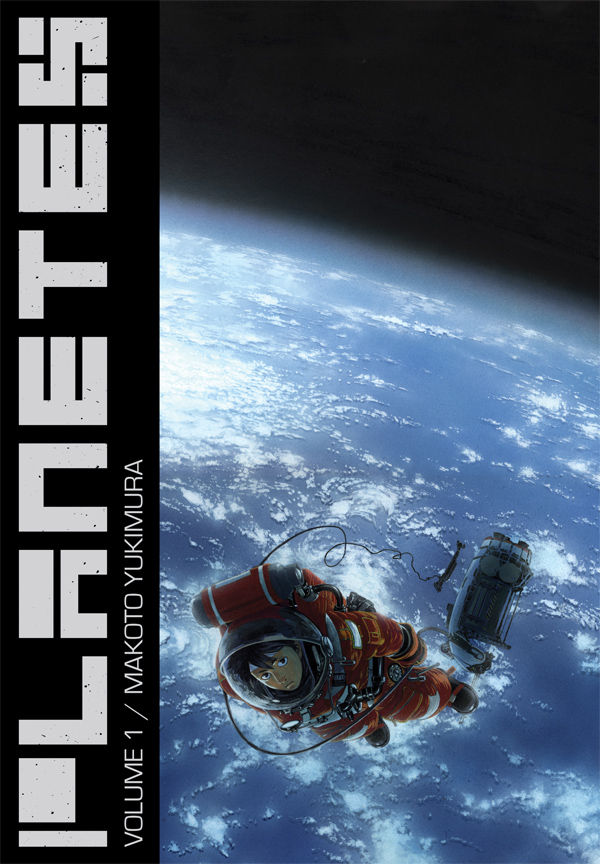My News and Reviews It's the end of the month, so there were a couple of different things posted at Experiments in Manga last week, such as the launch of the most recent manga giveaway. The winner …
Continue Reading about My Week in Manga: February 22-February 28, 2016 →





